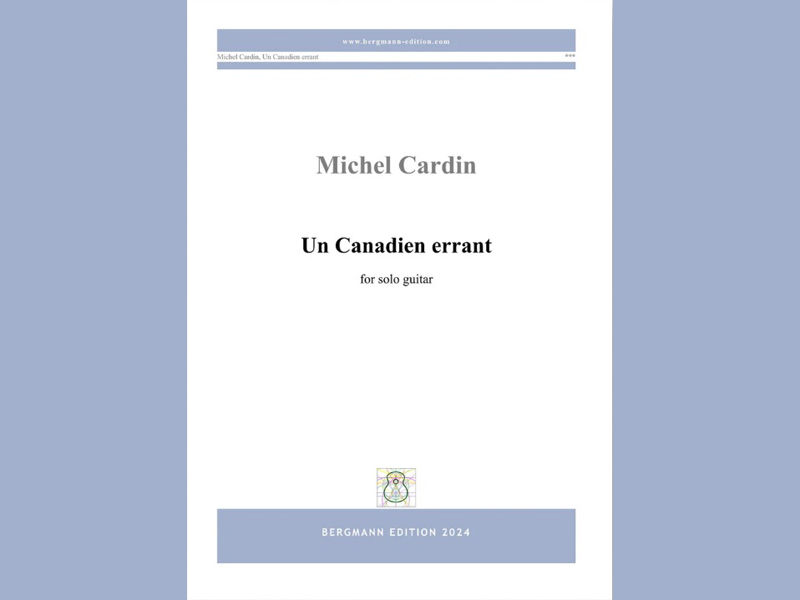Kenny Hill : Water Music Suite : Doberman – Yppan
- chrisdumigan
- Nov 10, 2023
- 2 min read

Kenny Hill
Doberman – Yppan: 12 pages
This three – movement work by Californian composer Hill, has absolutely nothing to do with Handel, for starters! The entire set has the fifth string tuned to G the rest tuned as normal.
The opening Barcarolle is a gently rocking 96 crotchets a minute, and is largely in two voices throughout. Immediately the drone of the open 5th, 4th and 3rd strings in straight crotchets is underneath a melody that is in dotted crotchets and then four dotted quavers, which takes a little getting used to, especially when the bass then transcends into other areas. However the fingering is carefully notated as anyone playing this will definitely need the help, as nothing is where you expect it to be for most of the piece. A little while into the piece and you start modulating into remote keys, with many accidentals that are tricky to finger at first. Finally the work moves higher up the fingerboard until a freely timed run of semi – quavers slides you right up to top B, fret 19, and after a gentle climb down, one more run up the fingerboard to top B again and harmonics underneath as a final coda.
The 2nd movement Shanty is based on Hill’s version of that famous folk song Wellerman recently made famous in the charts. Now the key is Dm and everything move s at a quick 120 crotchets a minute as an open fourth D takes the bass line. The harmonies over the top however, do gradually move away from the traditional harmony sound that you might expect from this tune. Then the key moves up to Em, the music now developing onto a three voiced harmony, with lots of moving around the fingerboard to keep you occupied. Then a move to Gm changes the sound yet again, now full of chordal writing, but still moving nonstop around the guitar until Dm returns for one final time, now harmonised quite differently from the opening, leading to the final coda.
The third and final movement is The River, written mostly in 11/4, but consisting of mostly quavers grouped in 2s or 3s depending on the bar concerned. Mix that with the considerable use of key and position changes and this very exciting work really does task the player quite a bit, especially when it gets more and more complex as its goes along, and chords eventually enter the picture. Surprisingly the expected fortissimo ending doesn’t happen, but rather the continuous quavers suddenly turn into harmonics and the final coda is a climb up harmonics on the dominant D, and there it stops.
This little suite is a most individual set of pieces, written in a different style to what you might be expecting, but everything very tonal throughout. So if your technique is very good and you like a challenge, with a set of very friendly but different sounding trio of pieces then this could be for you.
Chris Dumigan




Comments